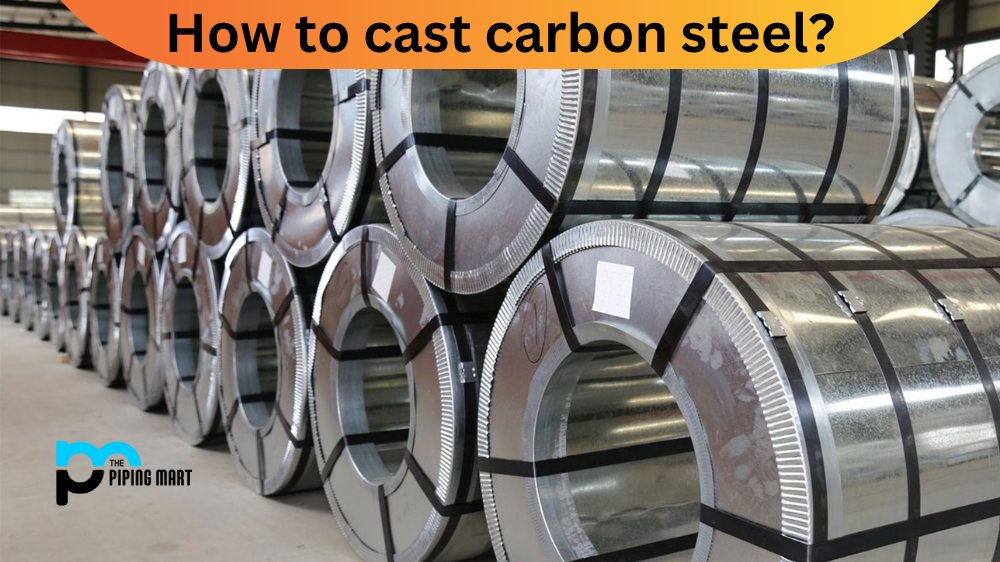Casting carbon steel is a process that requires both skill and precision. It involves melting down the steel, pouring it into a mold, and then allowing it to cool so that it takes on the shape of the mold. If done correctly, casting carbon steel can be used to create components for various industries such as automotive, construction, industrial machinery, and more. In this blog post, we’ll walk you through the steps necessary to successfully cast carbon steel.
Step 1: Prepare Your Tools and Materials
Before you begin casting your carbon steel, there are some essential tools and materials you will need to have on hand. This includes a crucible (the container in which you will melt down the steel), an oven or furnace (used to heat the crucible), a ladle (used for pouring the molten steel into the mold), safety gear (including goggles and gloves) and a mold made from sand or ceramic. Once you have all these items gathered together, you’ll be ready to start casting your carbon steel.
Step 2: Melt Down The Steel
Now that you have all your tools ready, it’s time to begin melting down your carbon steel. Begin by turning on the oven or furnace and heating up your crucible until it reaches its melting point (usually around 1000 degrees Celsius). Then slowly add pieces of raw material into the crucible until they completely melt down into liquid form. Be sure to stir occasionally during this step in order to ensure that all pieces are properly melted down.
Step 3: Pour Into The Mold
Once your carbon steel has been melted down into liquid form, use a ladle to transfer it from the crucible into the prepared mold. Make sure that you move quickly during this step, as molten metal can cool and harden very quickly once removed from its source of heat. Once all of your liquid metal has been poured into the mold, allow it enough time to cool before attempting to remove it from its casing.
Step 4: Remove From The Mold
And Inspect When your metal has cooled sufficiently, carefully remove it from its mold and set it aside for inspection. Check for any signs of cracks or inconsistencies in shape or size; if any are found, make adjustments accordingly before proceeding with further steps such as machining or polishing if necessary. Otherwise, your piece is ready for use!
Conclusion:
Casting carbon steel is an intricate process that requires precision and skill in order to achieve desired results. By following these four simple steps, however—gathering tools & materials; melting down the metal; pouring into the mold; removing from & inspecting—you should now be armed with all of the knowledge needed in order to design components made out of casted carbon steel for whatever application necessary! Whether that’s automotive parts, construction materials, or industrial machinery components, with proper practice and patience, anyone can learn how to cast their own unique creations! Good luck!




